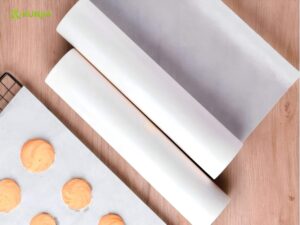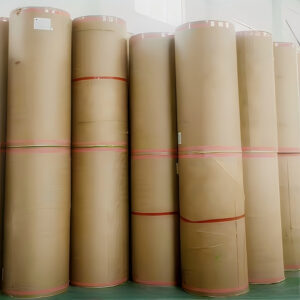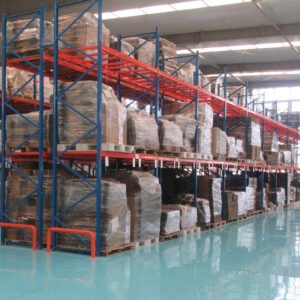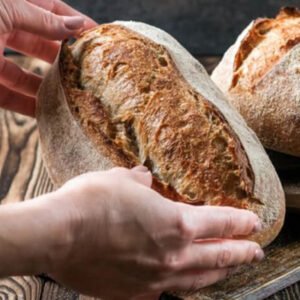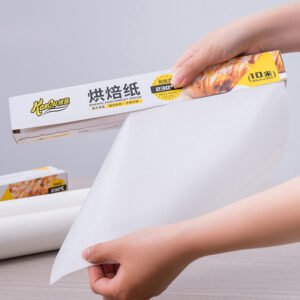In today’s baking industry—whether in industrial facilities, commercial kitchens, or artisanal bakeries—few challenges are as frustrating as sticky doughs. High-hydration breads, laminated pastries, and sugar-rich batters often cling stubbornly to baking surfaces. Even with traditional silicone-coated parchment, bakers can face sticking, tearing, and inconsistent results.
Now, with the arrival of heat-activated grip additives, baking paper technology is evolving. These innovations are designed to activate under heat, creating a responsive non-stick layer that improves release, reduces waste, and enhances efficiency for foodservice professionals.
❓ Why Do Sticky Doughs Cause Persistent Problems?
Sticky doughs remain difficult to handle because:
- High hydration levels increase surface adhesion.
- Sugary batters caramelize quickly, bonding to paper.
- Extended bake times amplify the risk of tearing.
Traditional silicone-coated baking paper has long been the go-to solution, but under extreme heat or repeated baking cycles, performance may decline—especially with laminated or enriched doughs. This gap in performance has driven the demand for additive-enhanced papers.
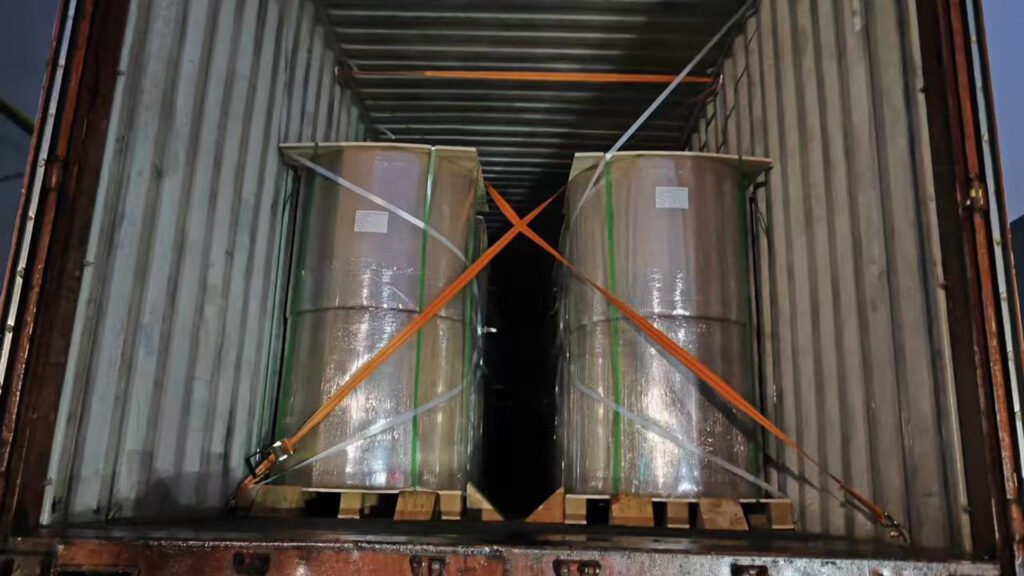
❓ Why Do Sticky Doughs Cause Persistent Problems?
Sticky doughs remain difficult to handle because:
- High hydration levels increase surface adhesion.
- Sugary batters caramelize quickly, bonding to paper.
- Extended bake times amplify the risk of tearing.
Traditional silicone-coated baking paper has long been the go-to solution, but under extreme heat or repeated baking cycles, performance may decline—especially with laminated or enriched doughs. This gap in performance has driven the demand for additive-enhanced papers.
🧪 What Are Heat-Activated Grip Additives?
Heat-activated grip additives are special compounds integrated into the coating of baking paper. They remain inactive at room temperature but respond when heated.
- At room temperature: Paper stays smooth, making dough placement easy.
- During baking (150–230 °C): Additives expand or soften, reducing surface contact with dough.
- Result: Doughs lift cleanly with minimal tearing or residue.
This dynamic release mechanism sets them apart from conventional silicone-only coatings.
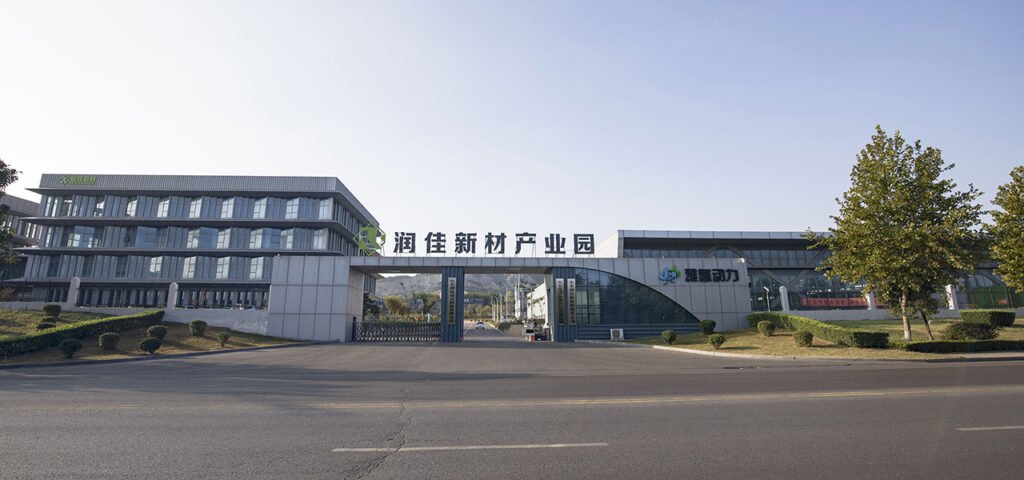
🛡️ Are Heat-Activated Papers Safe?
Food safety is essential. Additives must comply with FDA (21 CFR) and EU migration protocols (COMP/NP) to ensure no harmful substances transfer into food.
✅ Runjia baking papers are:
- PFAS-free and chlorine-free.
- Tested under FDA/EU migration standards.
- Produced in facilities certified with BRC, FSC, and ISO 9001.
This ensures global buyers receive both innovation and compliance in one product.
🍞 Where Do These Papers Work Best?
Heat-activated grip baking papers are especially effective for:
- Artisan breads → sourdough, ciabatta, and other high-hydration doughs.
- Pastry production → laminated doughs that often stick during proofing and baking.
- Industrial cookies → preventing caramelization-based sticking.
- Frozen dough lines → tackling condensation during thaw and bake cycles.
From small bakeries to large-scale manufacturers, the applications are diverse.

🛒 What Should Buyers Ask Suppliers?
When sourcing advanced non-stick baking papers, procurement managers should confirm:
- Certified temperature range (up to 230 °C).
- Migration test reports (FDA & EU standards).
- Data on repeat-use performance.
- Options for custom GSM, roll width, and private label branding.
📌 Runjia offers bulk rolls, pre-cut sheets, and OEM packaging, giving distributors flexibility in meeting different market demands.
✅ Conclusion
Heat-activated grip additives represent the next stage of innovation in baking paper. By solving the long-standing issue of sticky doughs, they help bakeries and foodservice operators achieve:
- Less waste.
- More consistent yields.
- Greater efficiency and safety.
For B2B buyers, partnering with suppliers like Runjia means access to cutting-edge, compliant, and customizable baking paper solutions that deliver both performance and peace of mind.
✅ Conclusion
Heat-activated grip additives represent the next stage of innovation in baking paper. By solving the long-standing issue of sticky doughs, they help bakeries and foodservice operators achieve:
- Less waste.
- More consistent yields.
- Greater efficiency and safety.
For B2B buyers, partnering with suppliers like Runjia means access to cutting-edge, compliant, and customizable baking paper solutions that deliver both performance and peace of mind.



